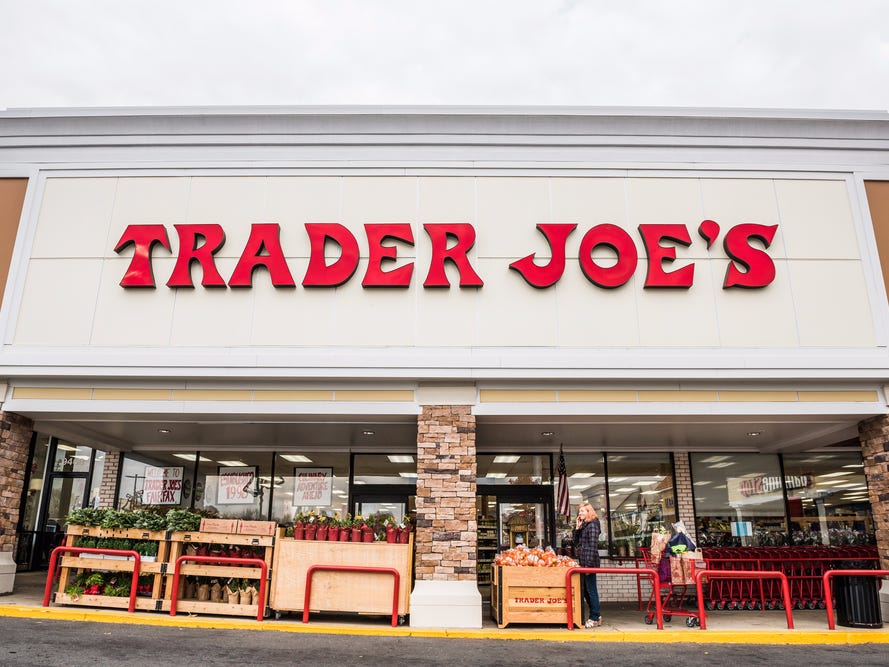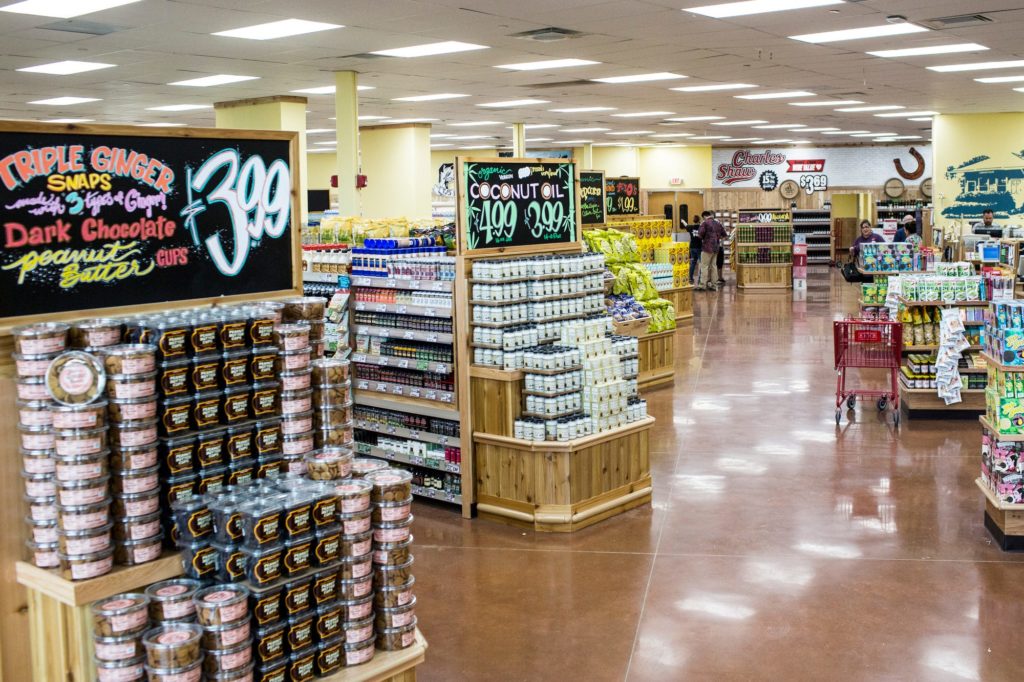by Christine Chen

When I go grocery shopping, I am both consciously and subconsciously persuaded by multiple elements. I only go grocery shopping at Trader Joe’s. There is something about their environment, people, and items that makes me go back every week.
The overall vibe that they create in the environment is a warm and friendly one. They use a warm yellow lighting rather than a cold white lighting. The walls are also painted yellow, with various cute illustrations on them. All these visual cues create an inviting vibe that gives me a welcoming feeling and a warm impression the second I walk into the store. First impressions are extremely important in giving the customers a positive feeling, and this serves as a successful element of persuasion. In addition to visual cues, one thing special about Trader Joe’s is that their employees are all exceptionally warm and friendly. One employee even remembers my name and says hi to me every time he sees me in store. This emotional and personal connection makes me go back to the store every week as I don’t experience the warmth anywhere else.

On each of the price tags, Trader Joe’s have included lines of description about the item and what to pair the food with. For example, on the tag for Kiwi below, it says “Slice into a smoothie or yogurt! Kiwi pairs well with mangoes, berry, tropical fruits, and coconuts!” By providing concrete examples of how to prepare the food, Trader Joe’s gives me an image of the food in my mind and as I imagine it, I feel more inclined to buy the item. I am also persuaded to buy the other items that they suggest pairing the food with. Another interesting unique point about the price tags is that they are all hand written and drawn. This is modeled after price tags in traditional markets, and gives me the impression that the food there is very fresh, just like the ones in traditional markets.
They also have a taste-testing counter in which they feature a different item every day to allow customers to have a chance to try something new. By making the serving size free and small, the threshold of the customer’s willingness to try something new is lowered, providing the business a new opportunity to “hook” the customer into buying something. I don’t remember how many times I am being persuaded into buying something that I would not be interested in if I had not tried it at the counter. Moreover, they have a fridge stocked with the item that they are providing for taste-testing right beside their counter so that they make it easy for customers to quickly grab the item if they like it after trying it. This convenience that they are providing again persuades customers to purchase the item. In addition to the items at the taste-testing counter, all of the items at the store are available for taste-testing. The customer can ask any employee for trying out the food item. This also lowers the threshold for customers to buy the item and lowers customer’s risk of buying something they would not like. Trader Joe’s also has a no-question refund policy in which customers can return any items that they don’t like. All of this persuade the customer to try the item.
At the counter where customers make the final step of purchasing, there are small items of lower prices. This works a way somehow like the foot-in-the-door technique as the customer would be more willing to buy an extra item after they are already persuaded to pay for all the items in the carts.